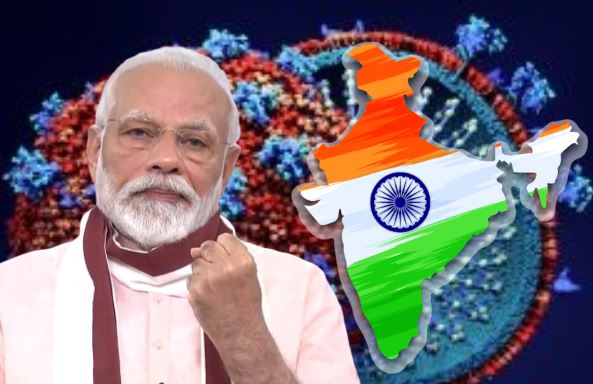Prime minister Narendra Modi in his address to the nation on May 12, said “ it is necessary to convert the coronavirus crisis into an opportunity and make India ‘self-reliant’.The word self-reliant is not new to us as over decades many leaders came up with the same idea but eventually it lost. With Modi's little magic “Aatmanirbhar Bharat Abhiyan “ is back with an enormous package of Rs 20 lakh crore along with a tagline “LocalpeVocal”.
The idea of Self-reliant India is surely a matter of pride. India’s self –reliance will be based on five pillars Economy, Infrastructure, Technology, Demand, Vibrant demography. Self-reliance also needs to make in India and make for the world go hand in hand. The investment in the manufacturing sector should be increased to uplift local brands. The local brands need to be vocalized globally. We have a society with a highly educated, skillful youth yet we are still a developing country because we often waste our brains in increasing other countries' GDP than ours.
pic: PIB
The 2020 package is indeed impressive as it provides support to MSMEs, Real Estate, local brands, small scale industries, etc by introducing various schemes, credit facilities, Loans. These loans can give much-needed relief to the coronavirus –stricken businesses. The world is looking for a reliable partner, Indian industries can take advantage of the developed trusts towards India. Even in crisis, we are able to produce 2 lakhs PPE kits on a daily basis which are being exported to different countries. With the adequacy of government support and packages Indians have the potential to edify the shrinking economy of the country.
Challenges:
India is not “Aatmanirbhar” in raw materials supply, most of our raw materials are imported from various countries to make products. No country can address all its needs in-house, it needs other countries as a trade partner. Moreover, none of us should settle for some cheap products or services just because they have a made-in-India tag.
No country has achieved self-reliance without quality public education then how come education is not included in the major requisites.
The Agriculture sectors contribute to 17% of GDP which can boost India's economy but yet this sector is not benefited by the 2020 package. The Govt only spends 0.2-0.3 % in R & D which should be increased. The technology-driven system should be implied in the agriculture sector which would increase production.
The whole idea of Self-Reliance is quite challenging but adequate measures and planning it can be a Reality.

![pib] Atmanirbhar Bharat Abhiyan (Self-reliant India Mission ...](https://d18x2uyjeekruj.cloudfront.net/wp-content/uploads/2020/05/atma.jpg)
Acha article hai lekin information jadha nai hai, aur topic bi vaste hi,
ReplyDeleteClear cut information about funds to save money, I like the information about how to invest money.. ..
ReplyDelete